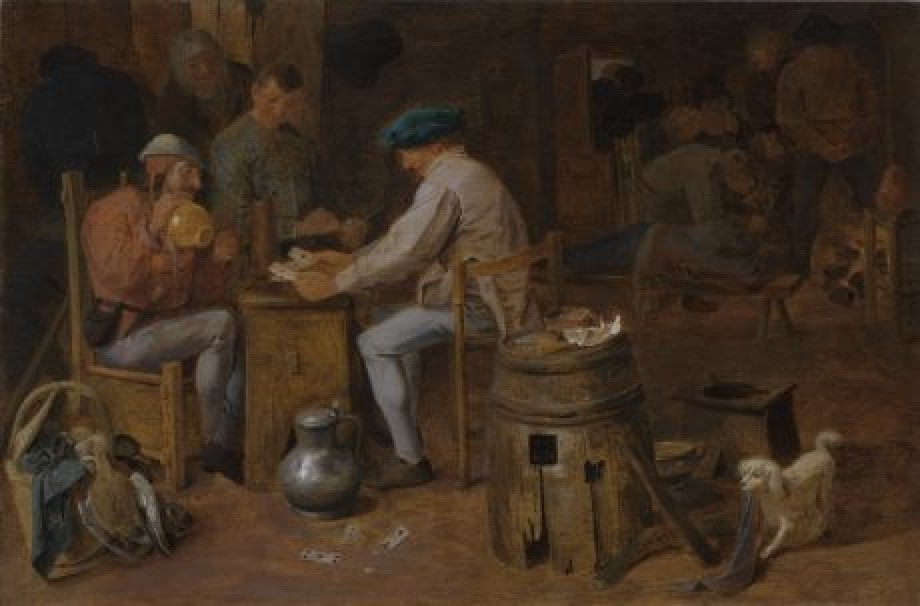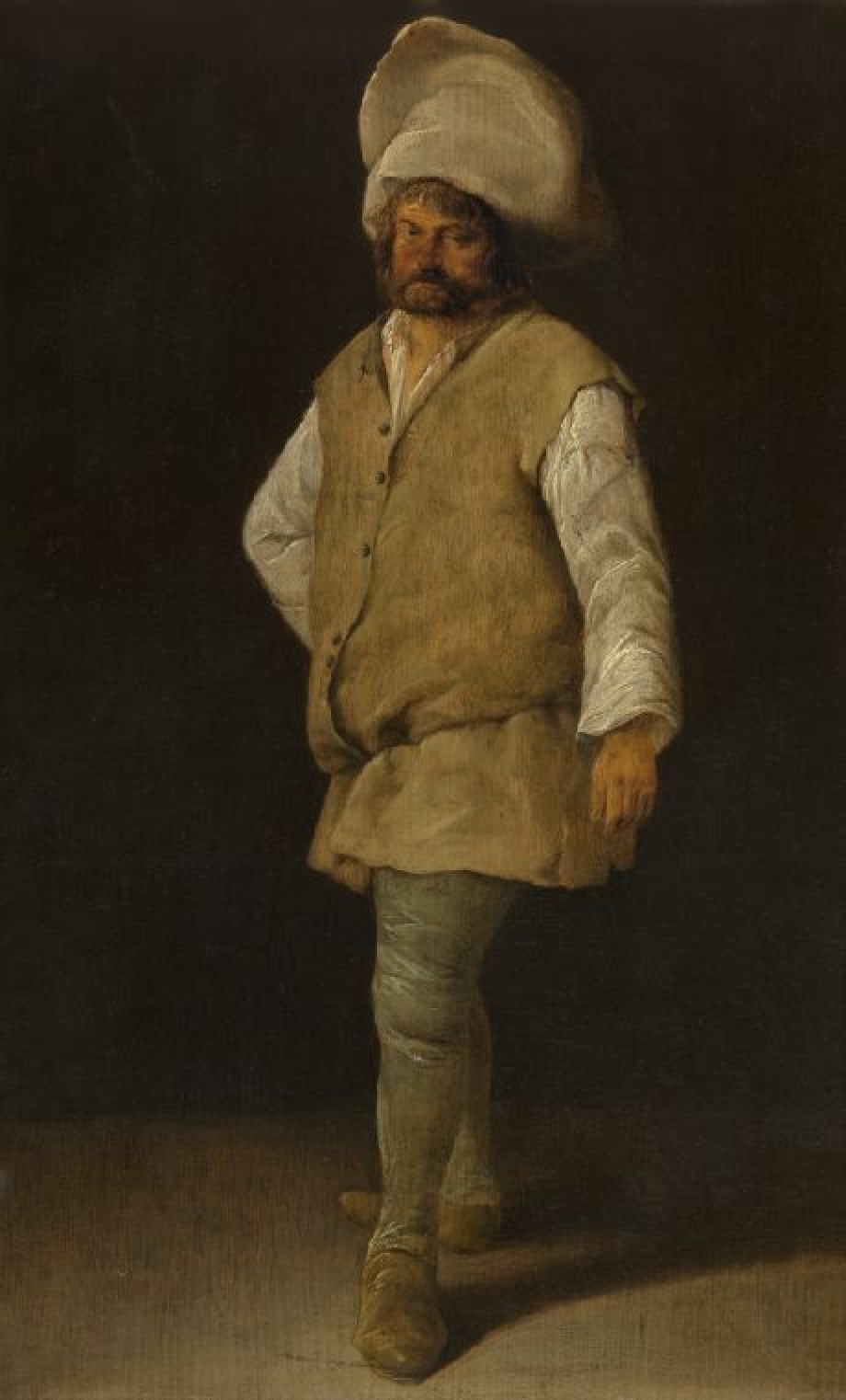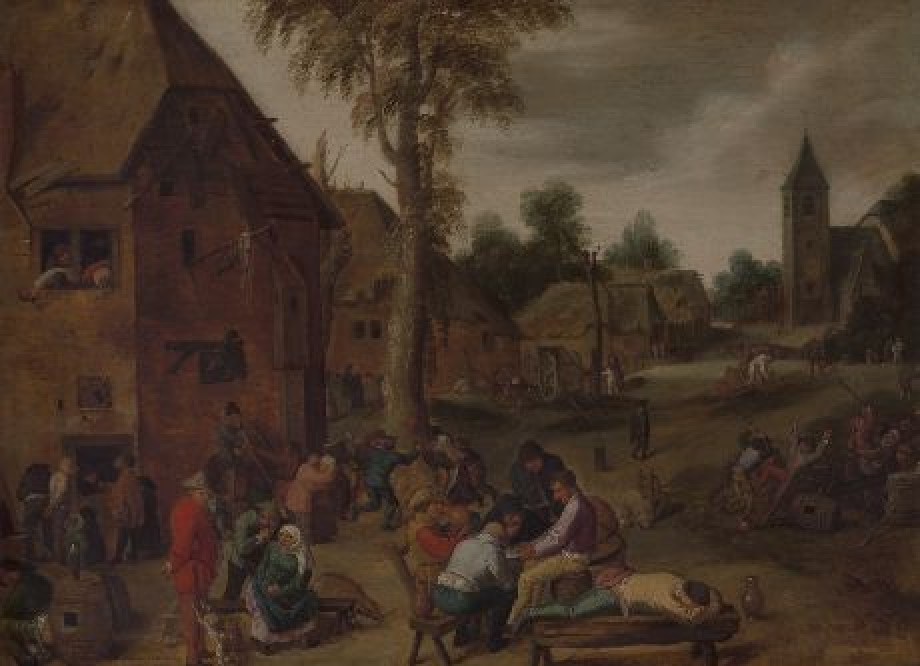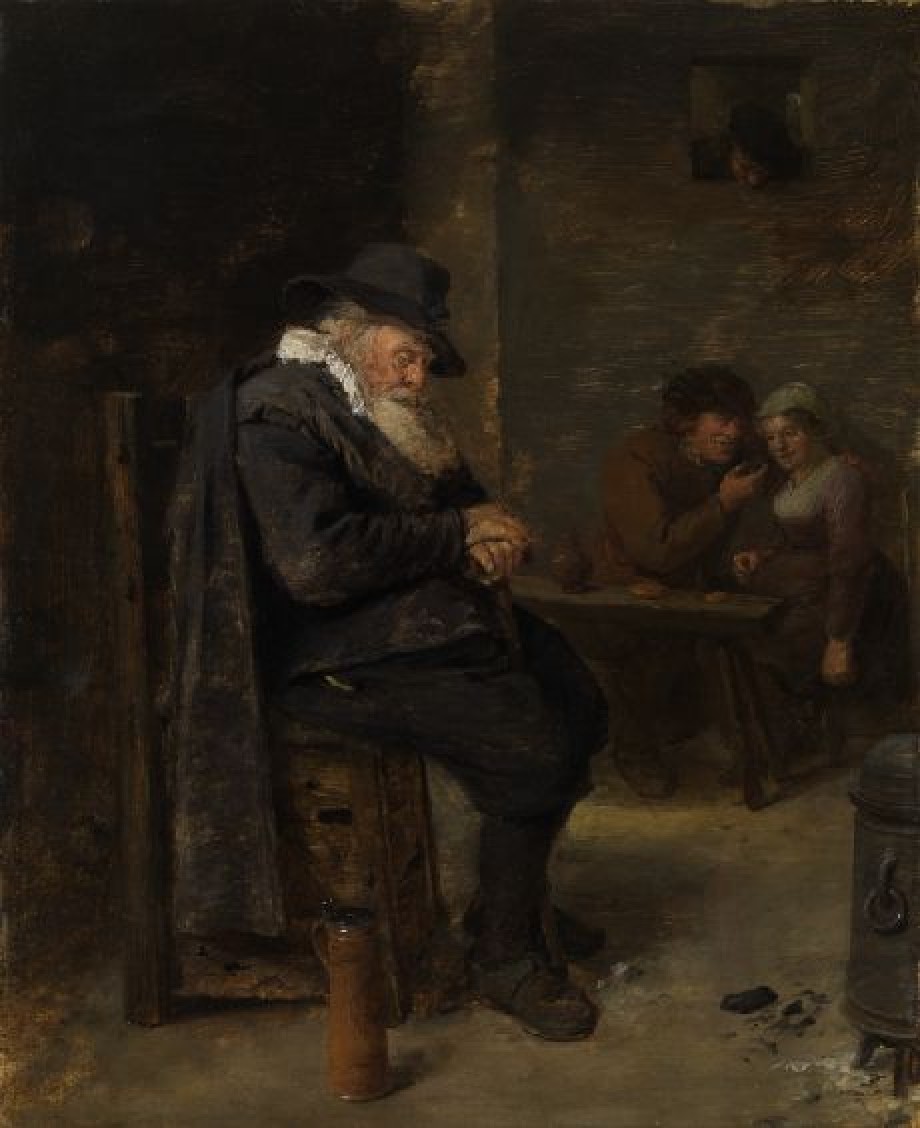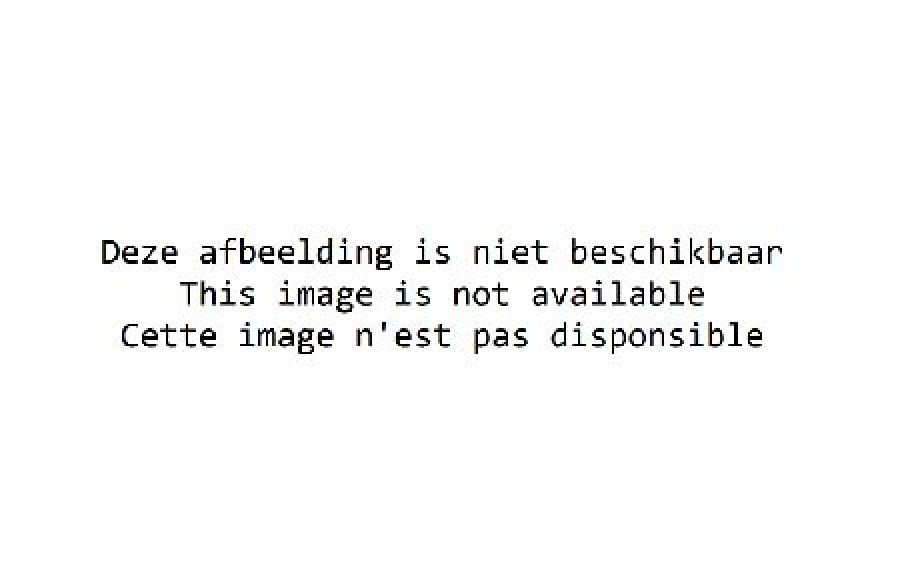
Adriaen Brouwer
More about Adriaen Brouwer
Adriaen Brouwer is a painter and a draftsman originating from the Southern Netherlands. Brouwer is active both in the Northern as well as Southern Netherlands. Rather little is known about his life. He accrues many debts, but is also a member of the Rhetoric Chamber De Violieren. Few works of his are signed, not one is dated. Brouwer's work consists out of merely some sixty paintings that are nearly all in small format.
He primarily enjoys fame as a genre painter. Rural pieces with card players, smokers, gluttons and fighters in inns make up his signature work. These pieces with common people have a moralistic ground and contain references to moralistic literature or even possibly indicate a Neo-Stoic stance. In the latter case, the many gradations of anger in Brouwer's work are a form of a lack of Stoicism.
Brouwer is influenced by Dirck Hals (1591-1656) in Haarlem, among others. Around 1630, Brouwer's palette is marked by browns, greys and greens. Setting and figures form a unity. The artist paints personages with expressive and dramatic facial expressions on stage. They teeter on the edge of caricature. Shrewd detail is given to the interiors.
The painter has a notably free, sketchy manner of painting, whereby he thinly applies the paint. The artist also paints a few late landscapes in addition to the rural pieces. They appear atmospheric and are also painted with a loose touch.
Adriaen Brouwer has a significant influence on his contemporaries in Antwerp and Haarlem. One of his followers is David Teniers II (1610-1690). Both Rubens and Rembrandt value his work. Rubens has 17 works of the artist in his possession.
1605-1606
Adriaen Brouwer is possibly born in Oudenaarde.
1622
Brouwer is active in Antwerp.
March 1625
Adriaen Brouwer resides in Amsterdam. He stays in the inn of the painter Barent van Someren (ca. 1572-1632).
1626
Adriaen Brouwer probably lives and works in this period in Haarlem. He becomes a "beminnaer" of the Rhetoric Room, De Wijngaertranken in Haarlem. The motto of this amateur literary circle is: In Liefde Boven Al (In Love Above All else).
On 23 July, he is named in a suit in which he is witness to a declaration of Barend van Someren and Adriaen van Nieulandt regarding sale of paintings signed.
1631-1632
Brouwer obtains the status of Free Mastership in the Antwerp Saint Luke Guild. The artist remains in Antwerp until his premature death. Brouwer shows up more times in the city documents. Usually they are dealing with debts he owes.
1633
Possibly because of tax evasion, or because of political reasons, Brouwer is put in jail.
1634
Brouwer is free and lives in the house of the engraver Paulus Pontius and becomes a member of the Antwerp Rhetoric Chamber, De Violieren.
1635
Jan-Baptist Dandoy (active 1631-1638) is registered as a student. He is the only student who can officially be connected to Brouwer.
January 1638
Adriaen Brouwer dies in Antwerp and is buried on 1 February in the Carmelite Church.
(Text: Matthias Depoorter)
